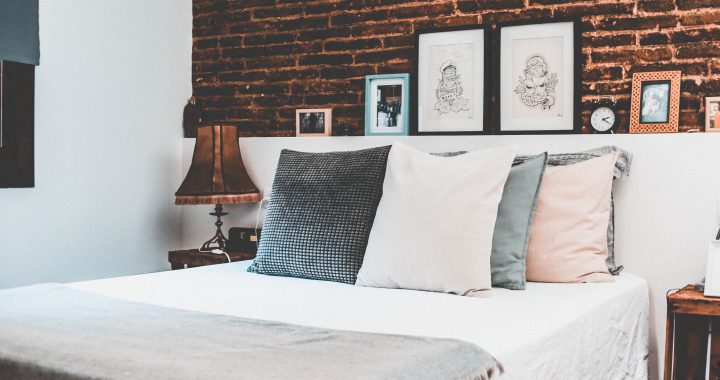It’s that time of year again: allergy season. Even if you’ve let weekly cleaning slide, spring cleaning is a great opportunity to regroup and significantly reduce allergens in your home on behalf of your family. Household allergens can be a problem for those with allergies but can also trigger allergic symptoms in people without allergies. Dust mites are only one issue – many harmful toxins and bacteria are carried by the dust on your floor, carpet, upholstery and bedding. Dust mite excretion, pollen, and pet dander are three common forms of allergens also found within dust. There are several measures you can take to reduce the impact of these allergens on your family – nip allergens in the bud with these five spring cleaning tasks.
- Dust your blinds
Cleaning blinds is a chore that is oft forgotten or neglected but is important. When left neglected, they can get layered with dust, pet fur, skin cells, and dander. While it has been recommended to get rid of drapes and blinds altogether, as they trap both dust and allergens, where you can switch to roll shades, there are measures you can take to mitigate the dust issue with blinds. Clean blinds each month with a microfiber cloth or a microfiber blind cleaner. You can also use a vacuum cleaner with an attachment. Remember that with all items in your house to dust weekly and vacuum regularly.
- Flip and air out your mattress
Flipping and airing out your mattress is so important as no matter how you clean your sheets and vacuum your mattress, your mattress will eventually accumulate thousands of dust mites and other microbes that cause allergy problems. Many mattresses, especially memory foam, trap heat which make it the perfect warm, damp breeding environment for bacteria. So what can you do? Picking out a mattress that is less conducive to dust mites is key. Vacuuming your mattress regularly is key as well. Since dust mites thrive in warm, damp places, flipping your mattress and airing out your mattress regularly helps significantly. If you have had your mattress for over 10 years, it’s likely soiled with all types of allergens. It might be best to get a new mattress all together.
- Get special bedding
Spring cleaning is a time when you can and should consider special investments and upgrades that promote an allergen free household. You might want to consider special bedding for your mattress. Consider dust-proof covers on your mattress and pillows to keep dust mites out. It may seem like a splurge, but mattress covers and bed sheets when uncleaned can be covered with human and pet hair, dander, pollen, and dust mites.
- Get an air purifier
Another great investment to make during spring cleaning is purchasing an air purifier. A HEPA air purifier is said to eliminate 99% of allergens in your home. Make sure you clean them every three to six months and clean the filter outside of your home rather than inside. It helps the purifier continue to do its job if you keep doors and windows closed tight during pollen season.
- Wipe off your pets
Spring cleaning is all about beginning new positive habits, one of which is wiping off your pets. In particular, wiping off a pet’s paws when they come inside the house from the backyard is a must. Allergens like pollen love to cling to paws and fur. Consider a packet a pet wipes to keep handy next to each door to the house, especially before they get on your bed. For that matter, it is suggested that you keep pets out of the bedroom. That can be really tough if you already have norms and a routine set where your dogs sleep with you, but keeping them off the bed protects you from dander. Also, if you have pet allergies, it is essential you do not let dogs sleep with you.
Remember that spring cleaning just like spring itself, is a time for new beginnings, especially when it comes to cleaning routines and practices. Get this spring started off right by putting into place new cleaning habits that lead to a healthier household.
Written By Guest Blogger: Lisa Smalls



